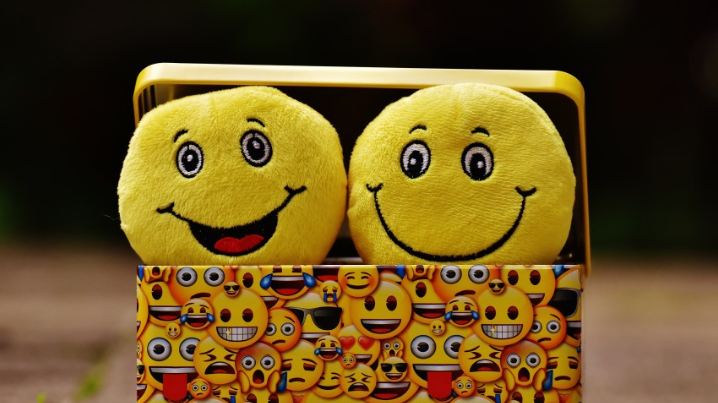Have you ever seen the TV show Lie to me? If so, then I’m sure that when it comes to judging someone’s emotions in a specific situation, you have an idea of what macro and micro expressions are!
The difference between Macro Expressions and Micro Expressions:
You can tell a person’s mood by observing their facial expression. Macro expressions last between 1/2 second and 4 seconds, and they’re fairly noticeable. Usually, these expressions match the tone of what someone is saying or feeling at that moment, without the need to say a word.
Micro expressions, instead, are involuntary facial reactions that last less than half a second. They reveal our true feelings about what we’re saying and these expressions are often missed altogether. One of the curious things about microexpressions is that people with ADHD are highly sensitive to them because their brains process things differently – this is one of the reasons why they can be so quick to judge as well as become angry!
There are seven expressions that are universal to all humans, no matter which country they’re born in. These include anger, fear, disgust, sadness, happiness, surprise and contempt. If you know how to recognise these expressions, it can really strengthen your emotional awareness as well as increase the chances of detecting deception.
Humans communicate more through body language than just words. There are facial expressions and gestures that all send messages about your feelings to others. In spite of what we might try to portray in conversation, our feelings can often show on our face even when we are not aware of them.
People may be very sad when they talk about getting divorced or losing their job, but suddenly you see their lips curl upward into a smile for a split second, or they might raise their eyebrows to signal that they have nothing to hide when they’re being accused of lying.
Emotions and body language can convey a lot more than you realize. It’s important to start recognising how your non-verbal communication impacts the message you convey.
In fact, these emotional movements can be useful in increasing rapport, trust, and collegiality; they can also assist in identifying credibility and determining truthfulness rates – and more information about emotional states leads to better negotiations, contracts, and sales.
There are many practical benefits of becoming familiar with them.
Health professionals can develop a better rapport with patients, interact humanely with empathy and compassion, and make the right diagnosis by obtaining complete information.
Teachers can read the emotions of their students to obtain cues about how they’re progressing in a lesson as well as adjust the plan accordingly for an increasingly effective teaching experience.
School administrators who keep tabs on what teachers are feeling will reduce burnout among educators, which ultimately leads to improved teacher effectiveness and student outcomes.
Businesspersons and negotiators who can read the emotions of others can nurture mutually beneficial collaborations.
Product researchers can improve the qualitative data obtained from consumers by being able to interpret emotional responses to a product being evaluated.
Spouses, parents or any other person interested in building strong relationships greatly benefit when they get better at recognising the cues that often go overlooked.
There are many reasons why reading emotions may improve the quality of your life.
Facial expressions are an integral part of our evolutionary history and a biologically innate ability.
We all have the natural ability to read them and so learning how to spot these expressions is important not only to understand others better but also to make sense of what is going on internally with ourselves.
Learning how to read macro and micro expressions is only the first step though. What we do with the information is another step in the process of interaction. Being overly sensitive to nonverbal behaviours such as macro and microexpressions (and other forms of nonverbal leakage) can be detrimental to interpersonal outcomes – you just can’t call out other’s emotions indiscriminately.
Knowing when and how to intervene, to adapt one’s behaviours and communication styles, or to engage the support and help of others, become the most important skills needing to be brought into play once emotions are read.
Studying facial expressions is a great way for entrepreneurs – or anyone in business – to stay vigilant during conversations and ensure success on all fronts.
And please get in touch in case if you’d like more information on how to apply this concept to your life and in business!



